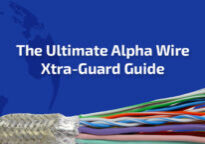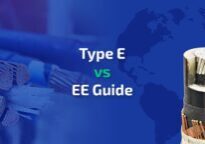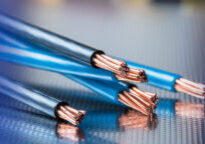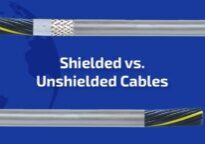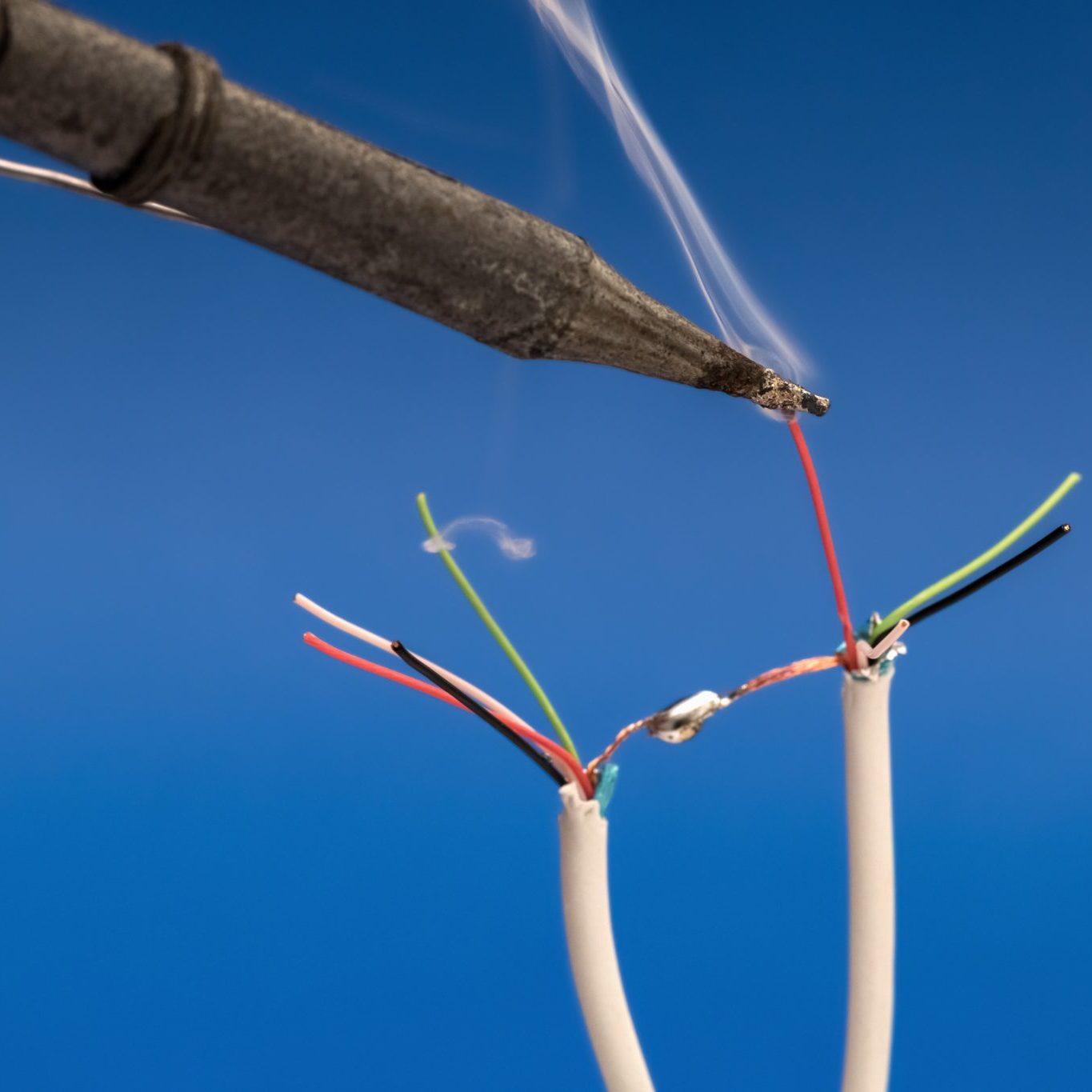
May 5, 2021
What Is DLO Cable and What Is It Used For?
DLO stands for Diesel Locomotive because it is most commonly used for diesel locomotive applications. However, as a very powerful single-conductor cable, it can be used in multiple single-phase applications such as oil and gas drilling rigs, cranes, shipyards, motor leads, and mining applications. Understanding DLO cable uses can help you determine if this cable is right for your specific needs.
About DLO Cable Ampacity
Locomotive cables have two insulation layers to protect them in severe conditions and support their Underwriters Laboratories (UL)-approved 2,000-volt rating. This high voltage rating also means understanding DLO cable ampacity is crucial for safe and effective application. This insulation is made of ethylene propylene rubber (EPR) and chlorinated polyethylene (CPE) for a flexible and rugged design. You’ll find 24-gauge copper conductors with a tin coating inside the insulation.
The rubber insulation layers are quite flexible, so DLO cable can still be convenient and portable. This cable can also support temperatures up to 90 degrees Celsius and is commonly used for locomotive and motor leads.
DLO cable is resistant to:
- Oils
- Acids
- Alkalies
- Heat
- Flame
- Sunlight
It also complies with the Restriction of Hazardous Substances (RoHS) and has approvals from UL, the CSA Group and the Mine Safety and Health Association (MSHA).
WesBell Electronics offers all different sizes of DLO cables, including AWG from 8 to 4/0. We can supply you with MCM sizes as well, from 262 to 777 MCM.
What Is DLO Cable Made Of?
1. Copper Strands
Thin copper strands help with flexibility. DLO cable uses 24 AWG strands in sizes from 14 AWG to 1111 MCM. Each AWG increase uses more strands until it reaches the necessary diameter of the gauge in question. DLO cable is much more flexible than typical electrical or building wires but slightly less flexible than welding and stage lighting cables.
2. Tinned Coating
The most portable cord has bare copper strands, which makes DLO cables unique in this area. There is a tinned coating over each strand in diesel locomotive cable to help adhere to the adhesive when connecting lugs. The adhesive is placed on the copper strands before applying the lug, which helps connect the lug to the adhesive and the tinned copper strands.
3. EPR Rubber Insulation
The EPR rubber insulation is the first layer of insulation used on DLO cable. Since it’s used outdoors to connect power to diesel locomotives and telecom supply it needs to have plenty of protection. The jacket must be strong and durable because it takes a lot of daily abuse in its application.
4. CPE Rubber Insulation
Remember, “portable” power cables are stepped on, run over, dragged along the ground, and constantly caught in tight areas that could puncture the insulation and expose the copper strands. Therefore, the second layer of CPE rubber insulation is applied to DLO cables for a double layer of protection. The voltage rating is also 2000 volts, which are higher than one-layer portable cables at 600 volts.
How DLO Wire Stacks Up
There are many similar cables on the market, but most don’t match the strength and ruggedness of DLO cables. Welding cables, entertainment cables, and multiconductor cables are typically inferior to DLO cables but can be more cost-effective if the durability and performance of DLO cable aren’t needed. For instance, all the cables listed below are rated for 600 volts, and none can match the dual-insulation layers that protect DLO cable’s copper conductors from threats as large as dump trucks. When comparing DLO cable vs welding cable, welding cables might be more cost-effective but lack the dual-insulation layers that provide superior protection in harsh environments.
WesBell Electronics stocks many different types of power cable. If DLO isn’t what you need, we have other options:
- Welding cable: If DLO cable provides more toughness than you need for your application, welding cable is a good choice. It’s similar to DLO cable but has a single layer of rubber insulation and is rated for 600 volts. This kind of cable is better suited for garages and shops with low-voltage equipment.
- Service, oil-resistant and weather/water-resistant (SOOW) cable: SOOW cable is a multiconductor power cable often used for smaller devices and as a locomotive cable thanks to its exceptional flexibility and versatility.
- Entertainment cable: Stage lighting cable is another 600-volt cable that offers heat resistance up to 105 degrees Celsius.
If you’re unsure what kind of cable you need, the knowledgeable representatives at WesBell Electronics can help you determine which one is right for the job.
Flexible and Protective
Rather than buying DLO cable for its high voltage rating, you might want to buy it for its flexibility or dually protective jacket. Diesel locomotive cables are manufactured with a layer of EPR insulation and a second layer of CPE insulation for industrial-type protection. These features make them suitable for various demanding applications requiring compliance with RHH RHW DLO cable standards. Imagine using a cable in an industrial setting compared to a residential setting to understand why the added protection is given to DLO cables.
Approvals
Unlike residential portable power cables, industrial power cables carry UL, CSA and MSHA approvals. These approvals are stamped on the jacket to prove that Underwriters Laboratories, Canadian Standard Association and Mine Safety and Health Administration have tested and approved the ratings given to DLO cable. Without those third-party approvals, it will be difficult for industrial applications to pass inspection. Those needing cables without UL, CSA and MSHA approvals would typically be homeowners and small machine shops without inspection.
Is There a Cheaper Alternative to DLO?
That depends on your requirements. If your application can get by with a 600-volt cable, less protection, and a lower voltage rating, then the answer is yes, welding cable. Welding cable does not carry the approvals and it’s only rated for 600 volts with a single layer of rubber insulation. It’s much cheaper and offered in similar AWG (American Wire Gauge) sizes as DLO. Welding cable is also offered in black, red and orange, whereas DLO cable only comes with black insulation.
Learning about the power cable you’re looking to buy is a good idea because you could be buying more or less than you actually need. Speaking with your supplier will help you understand each attribute the cable offers and which of them your application needs. Cutting out one attribute, such as switching from 2000 to 600 volts, will save you a lot of money.
Diesel Locomotive Cable from WesBell Electronics
Browse our DLO cable products and contact us with questions or custom specs. Whether you need information about Diesel Locomotive Cable specifications or assistance with selecting the right product for your application, our team is here to help.






